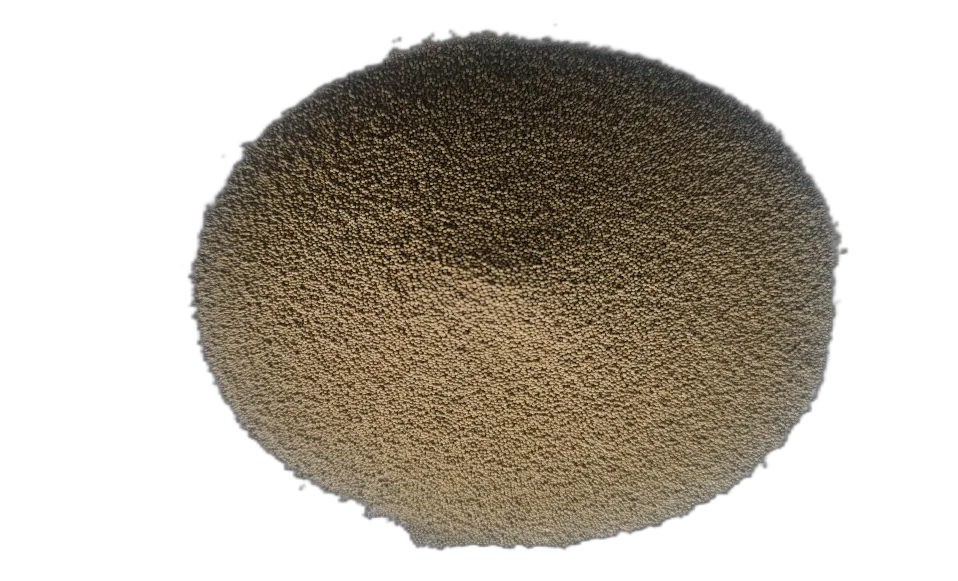What does 20 40 proppant mean?
In the realm of hydraulic fracturing, or fracking, the terminology used can sometimes sound like a cryptic code. One such term is "20/40 proppant." While it may seem complex at first glance, breaking down the numbers unveils crucial information about the size and characteristics of the proppant. Let's unravel the mystery and explore what 20/40 proppant means in the context of oil and gas extraction.
1. Definition of Proppant:
Before diving into the specifics of 20/40 proppant, it's essential to understand the concept of proppant itself. In hydraulic fracturing, proppants are small, solid particles injected into fractures created in the rock formation by high-pressure fracking fluid. Their primary purpose is to "prop" open these fractures, preventing them from closing once the hydraulic pressure is reduced. This allows for the efficient flow of oil or natural gas to the wellbore.
2. The Numerical Code:
The numerical code associated with proppants, such as 20/40, refers to the size range of the particles. In the case of 20/40 proppant, the numbers 20 and 40 denote the mesh sizes. Mesh size is a standard measurement used in the classification of particle sizes, particularly in the context of screens or sieves.
3. Understanding Mesh Sizes:
a. First Number (20):
The first number in the 20/40 designation represents the mesh size through which 90% of the proppant particles will pass. In this case, it signifies that 90% of the particles will pass through a screen or sieve with 20 openings per linear inch.
b. Second Number (40):
The second number denotes the mesh size through which 90% of the proppant particles will be retained. For 20/40 proppant, it means that 90% of the particles will be retained on a screen or sieve with 40 openings per linear inch.
4. Practical Implications:
a. Size Distribution:
The 20/40 proppant designation indicates a relatively coarse size distribution. Particles falling within this range are larger compared to finer proppants like 40/70 or 100 mesh.
b. Fracture Propagation:
Coarser proppants like 20/40 are often chosen for specific geological formations and well conditions. They can be effective in creating and maintaining fractures in certain rock types, facilitating optimal oil or gas flow.
c. Permeability Enhancement:
The choice of 20/40 proppant aims to strike a balance between providing enough permeability for fluid flow while still preventing fractures from closing entirely.
5. Selection Considerations:
a. Geological Characteristics:
The choice of proppant size is influenced by the geological characteristics of the reservoir. Different formations may require varying proppant sizes to maximize production.
b. Well Conditions:
Factors like well depth, pressure, and the nature of the reservoir play a crucial role in determining the appropriate proppant size for a specific fracking operation.
c. Operator Preferences:
Operator preferences and experiences also contribute to the decision-making process. Lessons learned from previous fracking operations may influence the selection of proppant sizes.
6. Conclusion:
Cracking the code of 20/40 proppant reveals a valuable insight into the size distribution and characteristics of the particles used in hydraulic fracturing. As an essential component in the extraction of oil and natural gas, the choice of proppant size is a nuanced decision influenced by geological considerations, well conditions, and operator preferences. Understanding the numerical code is a key step in optimizing fracking operations and maximizing production efficiency.
64
0
0


Comments
All Comments (0)